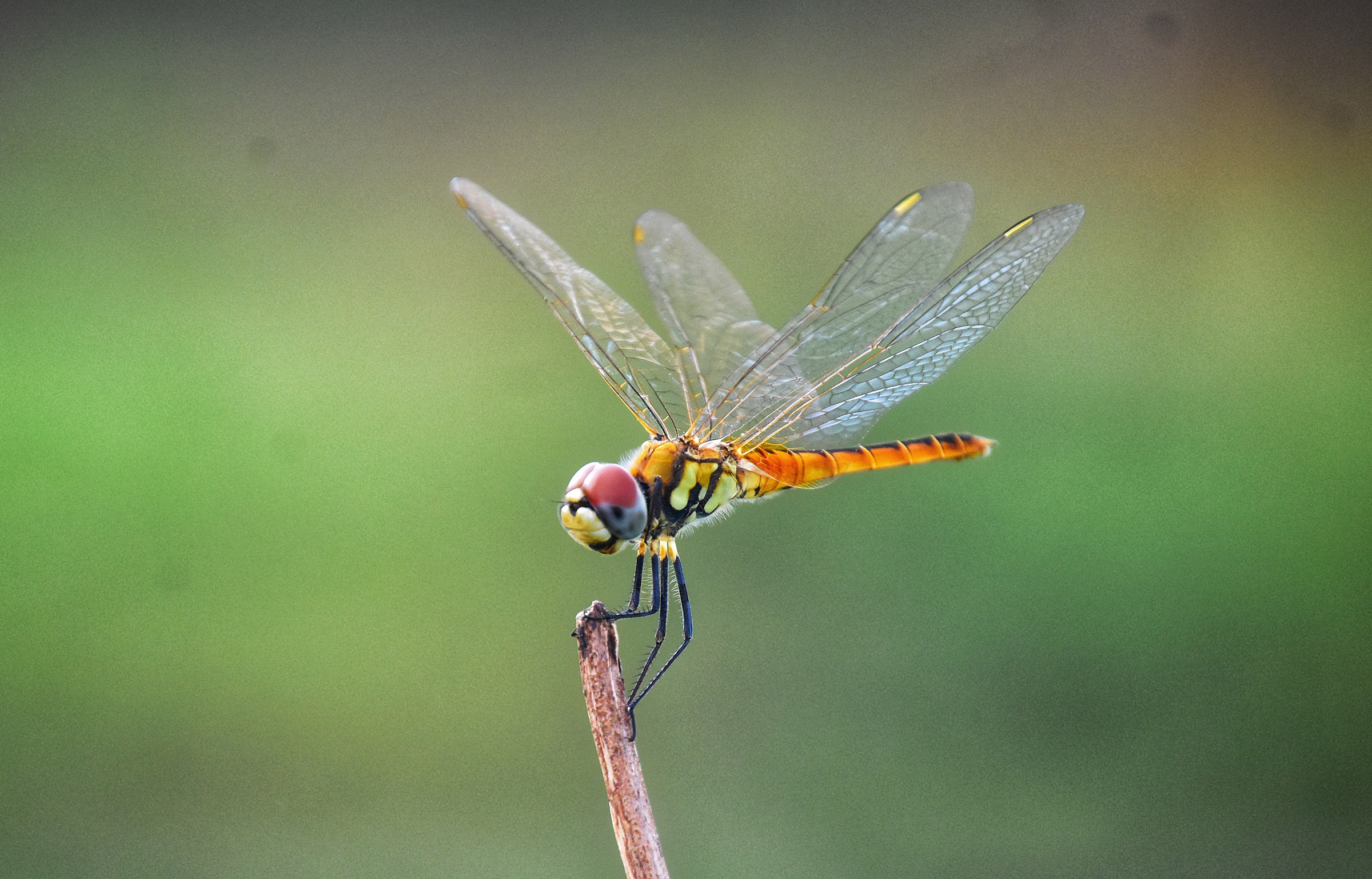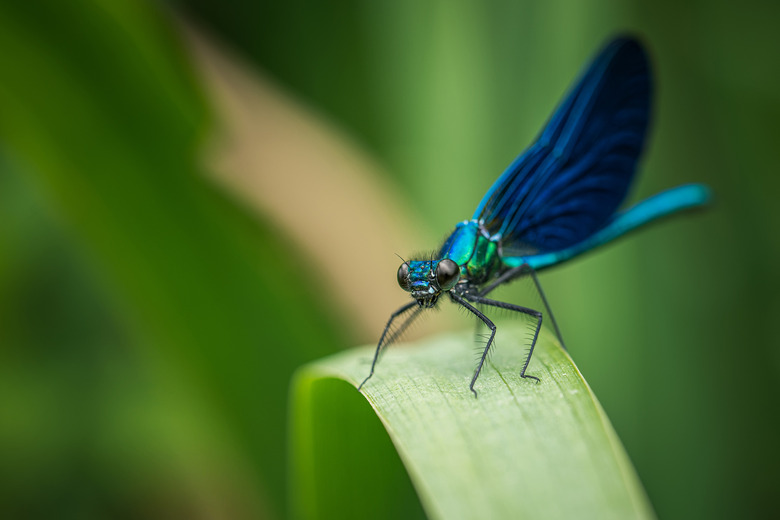Nature's Most Successful Predator Is Smaller Than You Might Think
When you think of nature's most successful predator, you probably think of something big and fast, like a cheetah. But, when you really start breaking down the numbers, cheetahs only manage to successfully nab their prey 20 to 30 percent of the time, according to some reports. If you really want to find the most successful predator on Earth, you might have to squint.
Dragonflies are often small, fast-moving creatures. And while they might be small, they are by no means prey. Instead, these creatures are some of the most successful predators on the planet, weighing in with a catch rate of around 95 percent when going hunting. This is a higher success rate than any other creature on the planet, according to reports from Willistown Conservation Trust.
But dragonflies are not always the successful killers that they become when they grow older. When they're first born, these creatures use a unique transportation method known as jet propulsion. It essentially allows them to take water in, and then expel the water to shoot them forward. Once they reach their flight potential, though, these creatures become the most successful predator on Earth.

The reason that they're able to accomplish such a unique feat is because of their evolutionary design. Dragonflies can control their fore and hind wings independently. This allows them to maneuver more easily, flying up, down, forward, and backward. They can also hover in place, allowing them to take in the surrounding area. Their speed has also helped them become the most successful predator on Earth.
But speed isn't everything. It's also the dragonfly's ability to predict where its prey is going to go that allows it to keep up with them so well. And it's this ability that has helped it become one of the most successful predators that science knows of. Of course, there is still a lot that science doesn't know yet. We're constantly discovering new creatures, like this blue goo, at the bottom of the ocean.
There have also been some terrifying sea predators in the past, that may have stood up to the success rates seen in the dragonfly. But, for now, the billing for the most successful predator could change in the future. For now, though, that crown rests solely on the tiny head of the primordial dragonfly.
